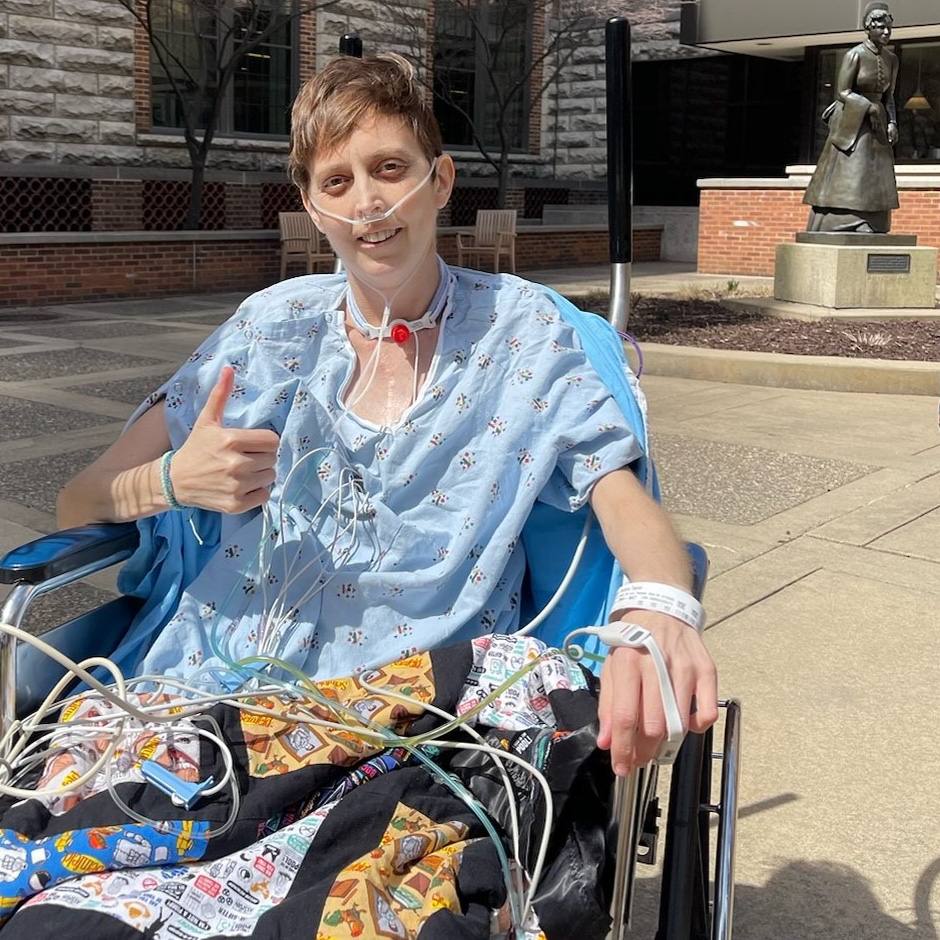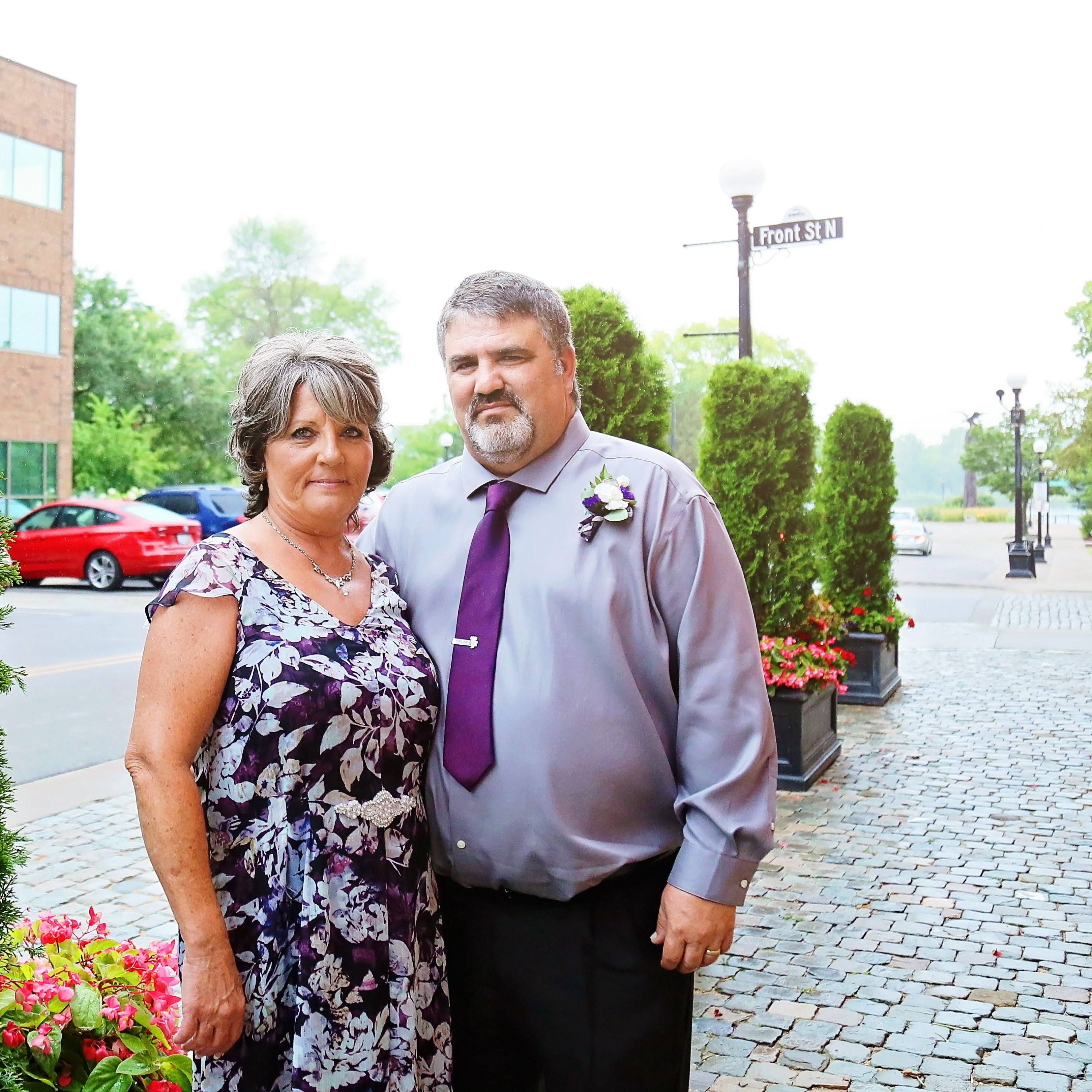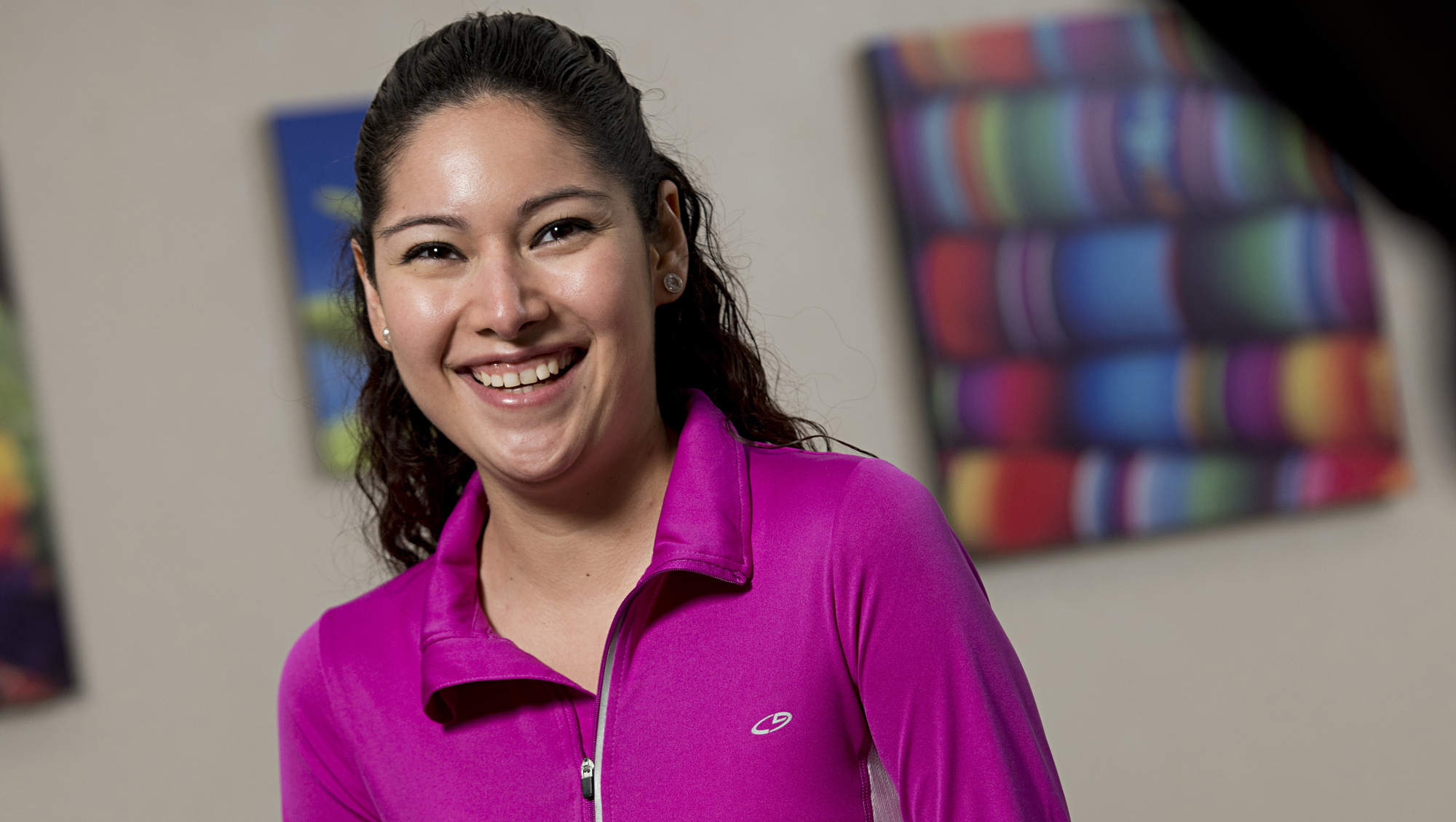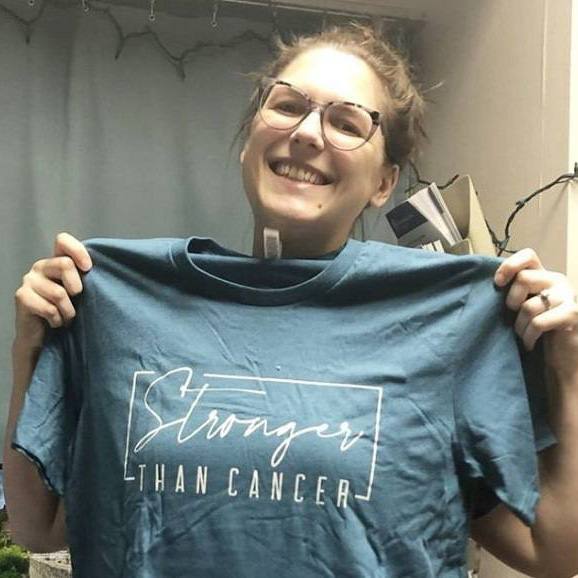Lung transplant brings unexpected answers to 27-year-old
Ileana Hernandez was born with two holes in her heart. But for 27 years, no one knew.
Hernandez, a computer systems engineer, worked long hours at her job with Bank of America in Jacksonville, Fla. She had transferred from her native Mexico because of her particular set of skills. Things were going fine until she started to notice shortness of breath when she climbed to her upstairs apartment.
“I had an explanation for everything -- it was the long hours, or the weekend-long computer installations, or the fact that I hadn’t slept in two days,” Hernandez recalls. As the youngest of three children growing up in Guadalajara, Mexico, she had led a normal life, did weight training in high school, participated in folkloric dancing -- including some parades -- and had no problem getting through college.
“Exhaustion was my justification [for the symptoms],” Hernandez says. But one evening, as she climbed the steps to her apartment with two bags of groceries, she ran out of breath and had to hold on to the rail. She felt pain in her chest. She composed herself and still went to work to do an evening computer systems installation thinking that the chest pain would go away. It didn’t, and by the next day she knew it was time to find a doctor. She went to the nearest walk-in clinic.
“I was still thinking it’s just a little chest pain,” she recalls. After an electrocardiogram, three doctors came in to see her. They recommended she go to the nearest emergency room.
After more tests at a local emergency room, Hernandez knew something was not right, but she still did not think it was serious. Doctors noticed her low oxygen saturation and checked for tuberculosis and cystic fibrosis, which were quickly ruled out. Doctors couldn’t pinpoint what was causing “all the monitors to beep.” They admitted her into the hospital on a Saturday night for further testing.
“I didn’t have an answer, so I didn’t even want to alarm my parents in Mexico,” Hernandez says. She called her sister instead, just to let her know she had been admitted into the hospital. Eventually, but still without a clear answer, the doctors recommended a transfer to a transplant center. On Monday, they helped to transfer her to Mayo Clinic, a short ambulance ride from the local hospital.
At Mayo, a team of doctors performed new tests and determined that the shortness of breath, lack of oxygen and pulmonary hypertension were secondary to a heart problem Hernandez never knew she had. A congenital problem (atrial septal defect) had caused two holes (shunts) to form between the two upper chambers (atria) of her heart, which caused a condition known as Eisenmenger syndrome.
“Young patients may go for years with only minor limitations,” explains Cesar Keller, M.D., director of the lung transplant program at Mayo Clinic in Jacksonville, Fla. The holes in the heart initially cause shunting, or leakage of blood, from the left to the right chambers of the heart. This elevates the pressure in the lungs progressively, but does not immediately cause oxygenation problems, therefore the issue can go undetected for years.
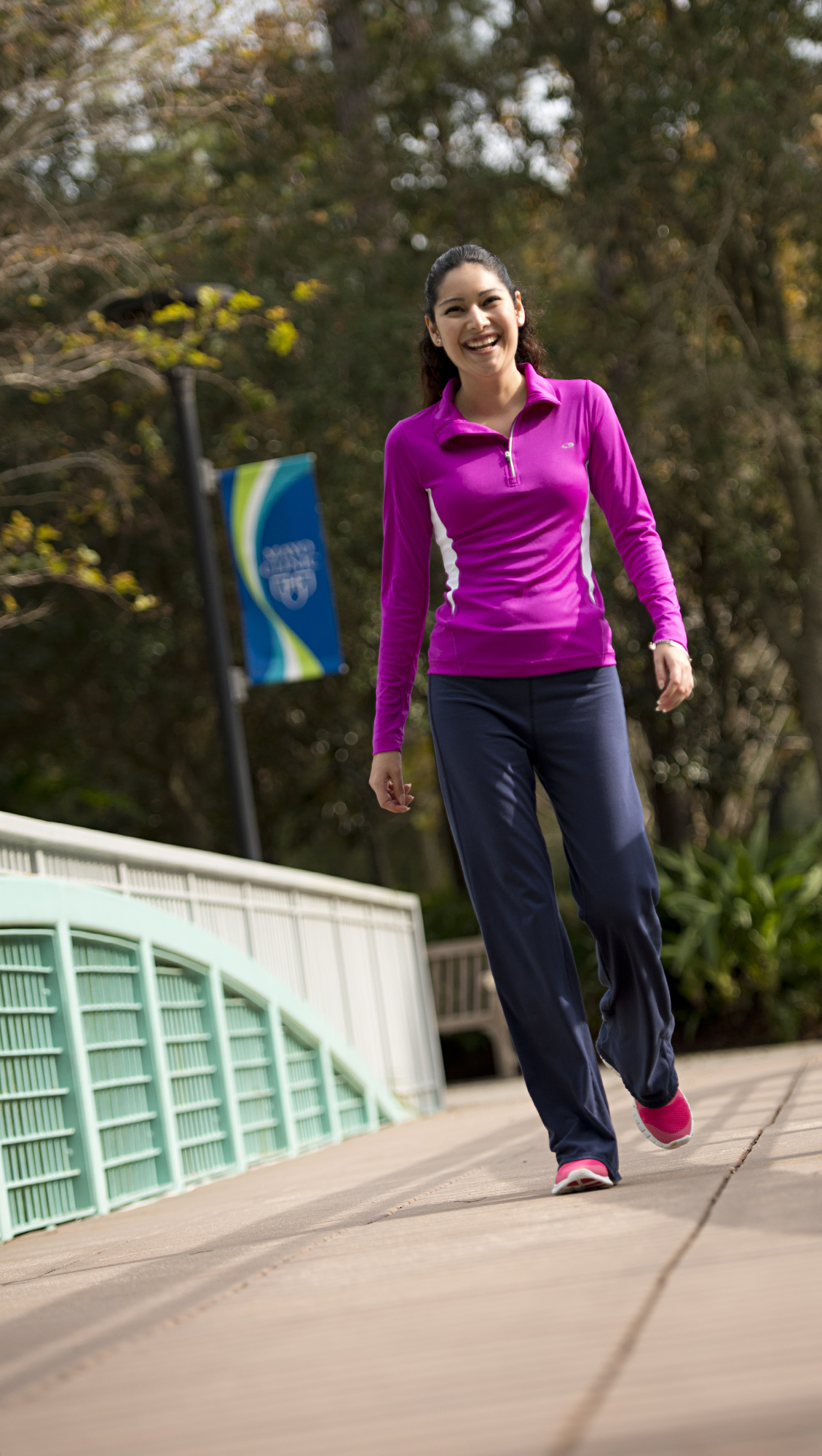 “Once the pressures in the pulmonary arteries get very elevated, the shunting reverses, and the blood goes from the right to the left chambers of the heart, causing the oxygen levels to drop,” explains Dr. Keller. Because the increased blood flow returns to the lungs instead of to the rest of the body, the blood vessels in the lungs become stiff and narrow, increasing pressure in the lung arteries. This permanently damages the blood vessels in the lungs. This sequence of events, Eisenmenger syndrome, becomes symptomatic when the flow reverses and the pressure in the lungs becomes too high. In Hernandez’s case, her lungs were permanently damaged, and she would need a lung transplant to survive. If the transplant did not occur soon, her heart could also suffer irreversible damage. To avoid needing both a heart and a lung transplant, Hernandez was moved to the top of the waiting list for a lung transplant.
“Once the pressures in the pulmonary arteries get very elevated, the shunting reverses, and the blood goes from the right to the left chambers of the heart, causing the oxygen levels to drop,” explains Dr. Keller. Because the increased blood flow returns to the lungs instead of to the rest of the body, the blood vessels in the lungs become stiff and narrow, increasing pressure in the lung arteries. This permanently damages the blood vessels in the lungs. This sequence of events, Eisenmenger syndrome, becomes symptomatic when the flow reverses and the pressure in the lungs becomes too high. In Hernandez’s case, her lungs were permanently damaged, and she would need a lung transplant to survive. If the transplant did not occur soon, her heart could also suffer irreversible damage. To avoid needing both a heart and a lung transplant, Hernandez was moved to the top of the waiting list for a lung transplant.
With her parents now by her side, Ileana continued working from her laptop, as she waited for a transplant. Her pulmonary hypertension had worsen, and she now needed medications and an oxygen tank. Her oxygen saturation was low -- as low as 70 percent. She had about a month to assimilate the urgency of a transplant to save her life. The initial shock -- not that anyone could tell from Hernandez’s calm demeanor -- gave way to seeking support from other patients who were going through the same difficult journey.
“After meeting patients who were transplanted five or seven years ago, I started to believe that, yes, I can do this,” Hernandez says. At a transplant support group meeting at Mayo Clinic, Hernandez listened to Francisco Alvarez, M.D., explain the risks and care needed after a transplant. “Dr. Alvarez explained it in a way that non-medical people like me can understand about preventing infections using common sense,” Hernandez recalls. “It showed me how expert my lung transplant team is -- and this gave me the confidence and courage I needed.”
Just a month after the decision to undergo a transplant, Hernandez was in the car with her father when the call came. It was Dr. Keller: a potential donor had been found.
Kevin Landolfo, M.D., a heart transplant surgeon at Mayo Clinic and Dr. Keller led a team of specialists who transplanted a new set of lungs and repaired Hernandez’ heart to restore her cardiovascular function to normal.
“The entire team of doctors were present when Dr. Keller removed the breathing tube after the surgery,” Hernandez says. “Even today I cannot express what taking the first breath on my own was like. I wasn’t really breathing before, and I didn’t realize how bad it was until after the transplant. I had been breathing from my diaphragm -- and I couldn’t tell the difference until I received my new lungs.
“That day was the first time I breathed. I was in awe of what it means to breathe naturally, effortlessly,” she says. “All those years and I just didn’t know.”
A year-and-a-half after her double lung transplant, Hernandez has resumed working full time and is doing well with her cardiac rehab, walking one hour each day, and even taking Zumba classes. She also eats well, and has taken up playing the piano.
“I’ve also resumed my plans to renew my Project Management Professional (PMP) certification. I thought I would not live to renew it, but here I am,” Hernandez says. Other plans include a trip to Europe and maybe a cruise.
“I take care of myself, and I know it’s okay to ask for help,” she says. “At the same time, I cherish the independence I still enjoy every day.”
------
HELPFUL LINKS
- Learn about lung transplant services at Mayo Clinic.
- See services offered through the Mayo Clinic Transplant Center.
- Join the conversation in the Transplant Discussion Group on Mayo Clinic Connect.
- Learn about appointments at Mayo Clinic.
Related Articles
